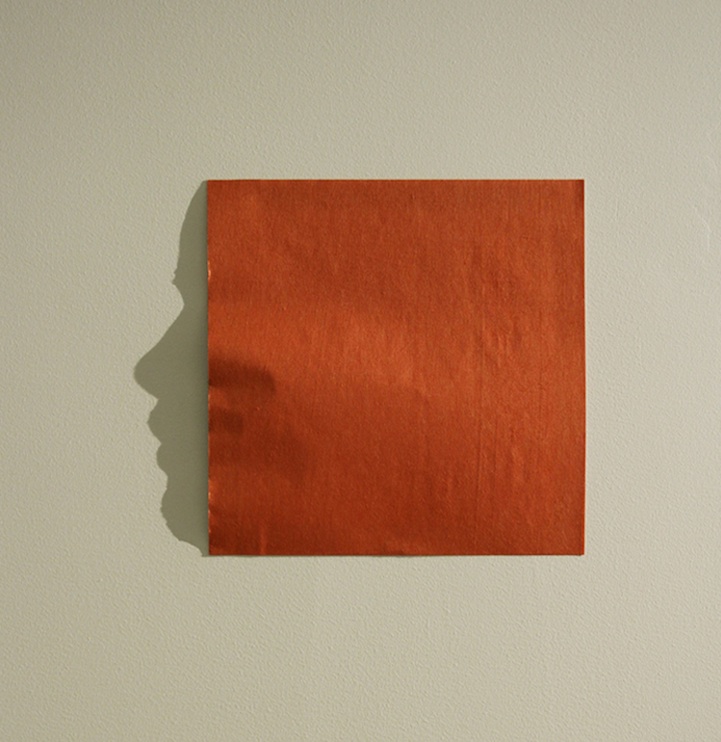From Social Theory to Policy Design
Main Article Content
Abstract
Little attention has been given in policy analysis to the creative process of designing solutions to public policy problems. There are a number of difficulties in applying macro-level theories - whether from economics, sociology, philosophy or macro-systems theory - in the policy process. Any macro-level theory will tend to provide inadequate guidance in one or more of three aspects of policy-making: a model of causation, a model for evaluating alternatives and outcomes, and a model of how interven- tions operate. Our current knowledge about which policy strategies work best under which conditions is at best rudimentary. Academic disciplin- ary perspectives focus on a narrow repertoireof policy instruments. What is required is a design focus which draws on instruments associated with a range of disciplines and professions. A design perspective involves both a systematic process for generating basic strategies and a framework for comparing them. Such an approach will require at least the following elements: (i) the characteristics of problems (scale, collectiveness, certainty, predictability, independence); (2) characteristics of goals
(value-laden, operational, process of goal-setting); (3) characteristics of instruments (suitability of different instruments).
